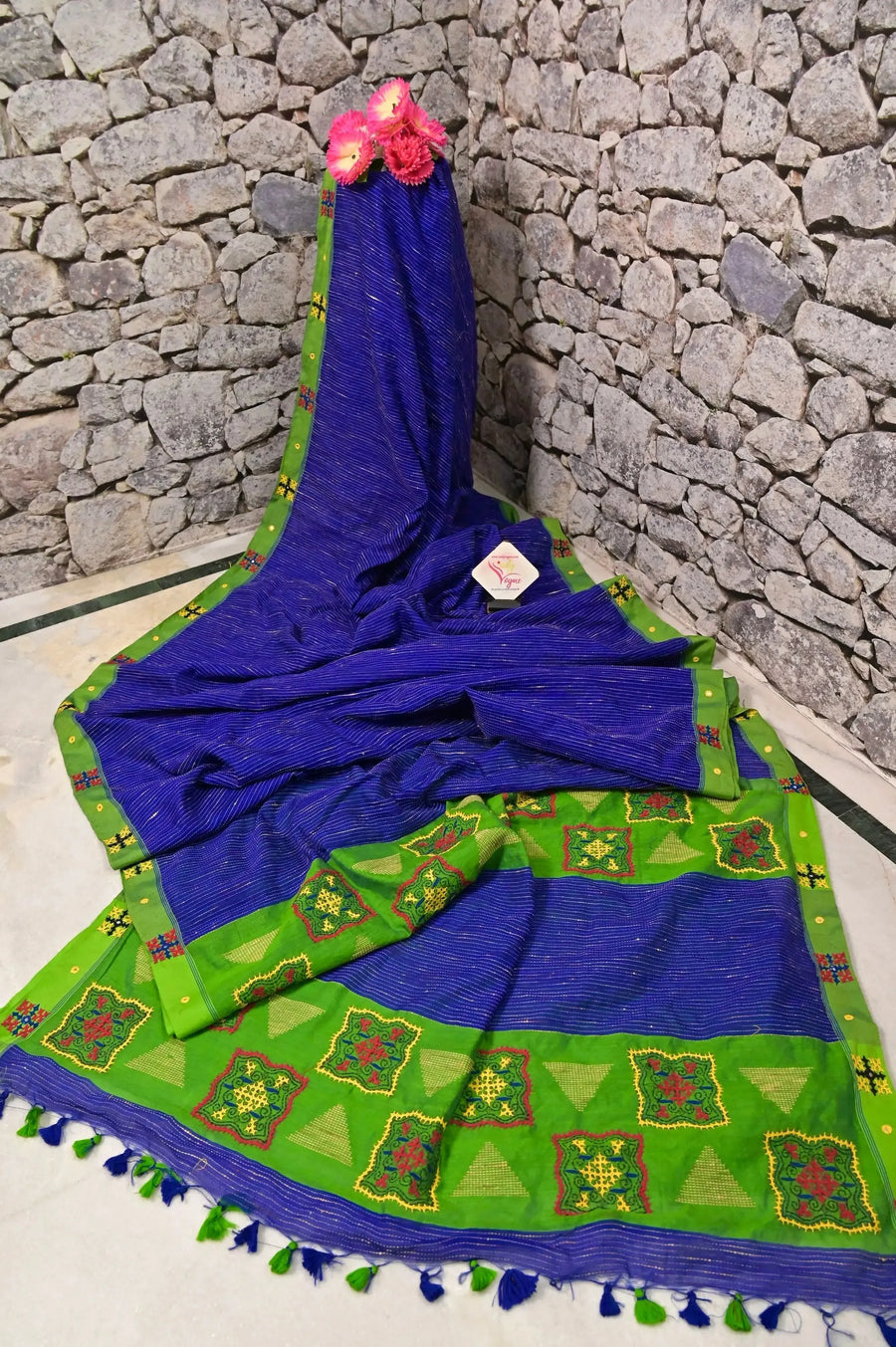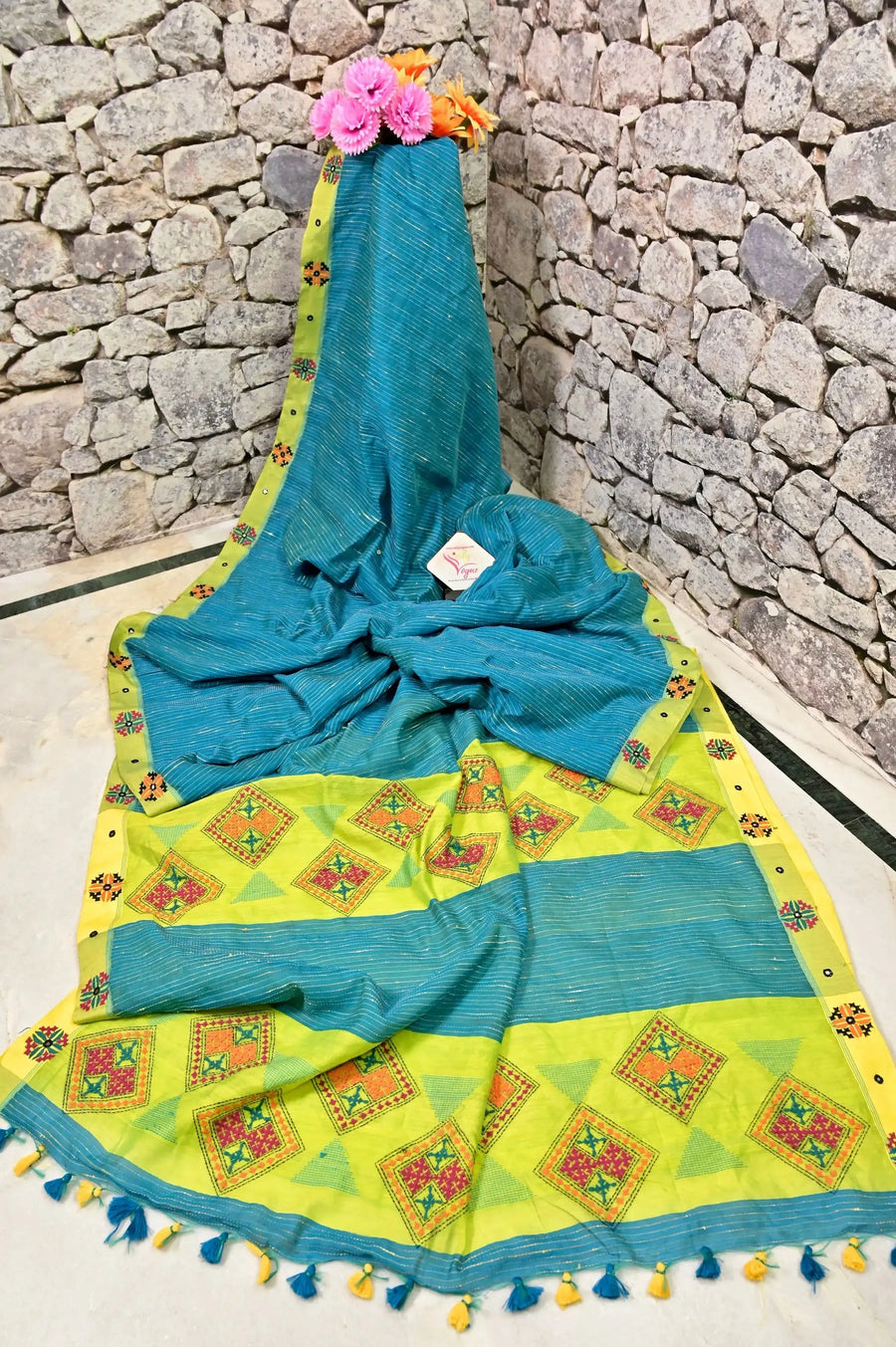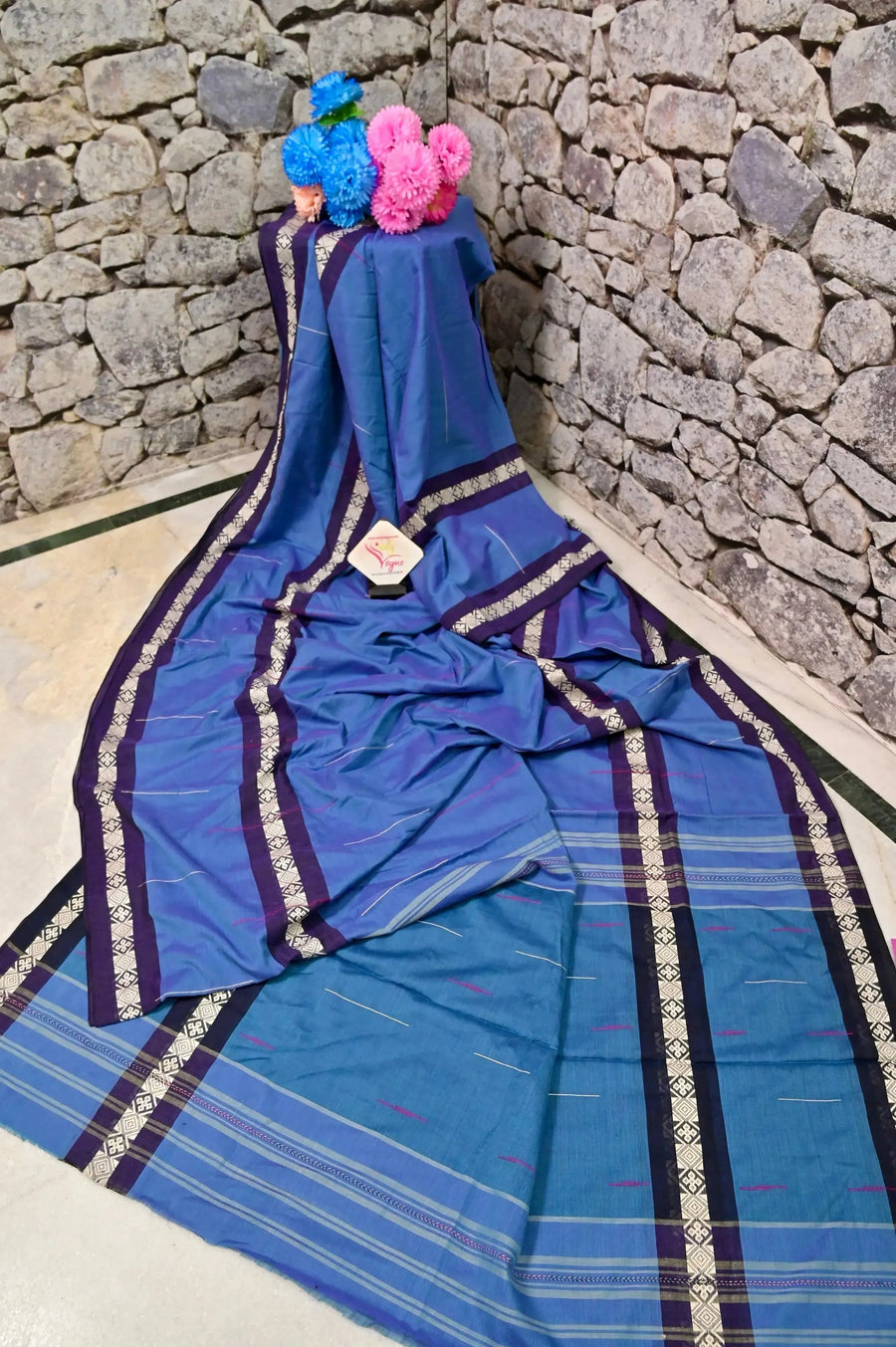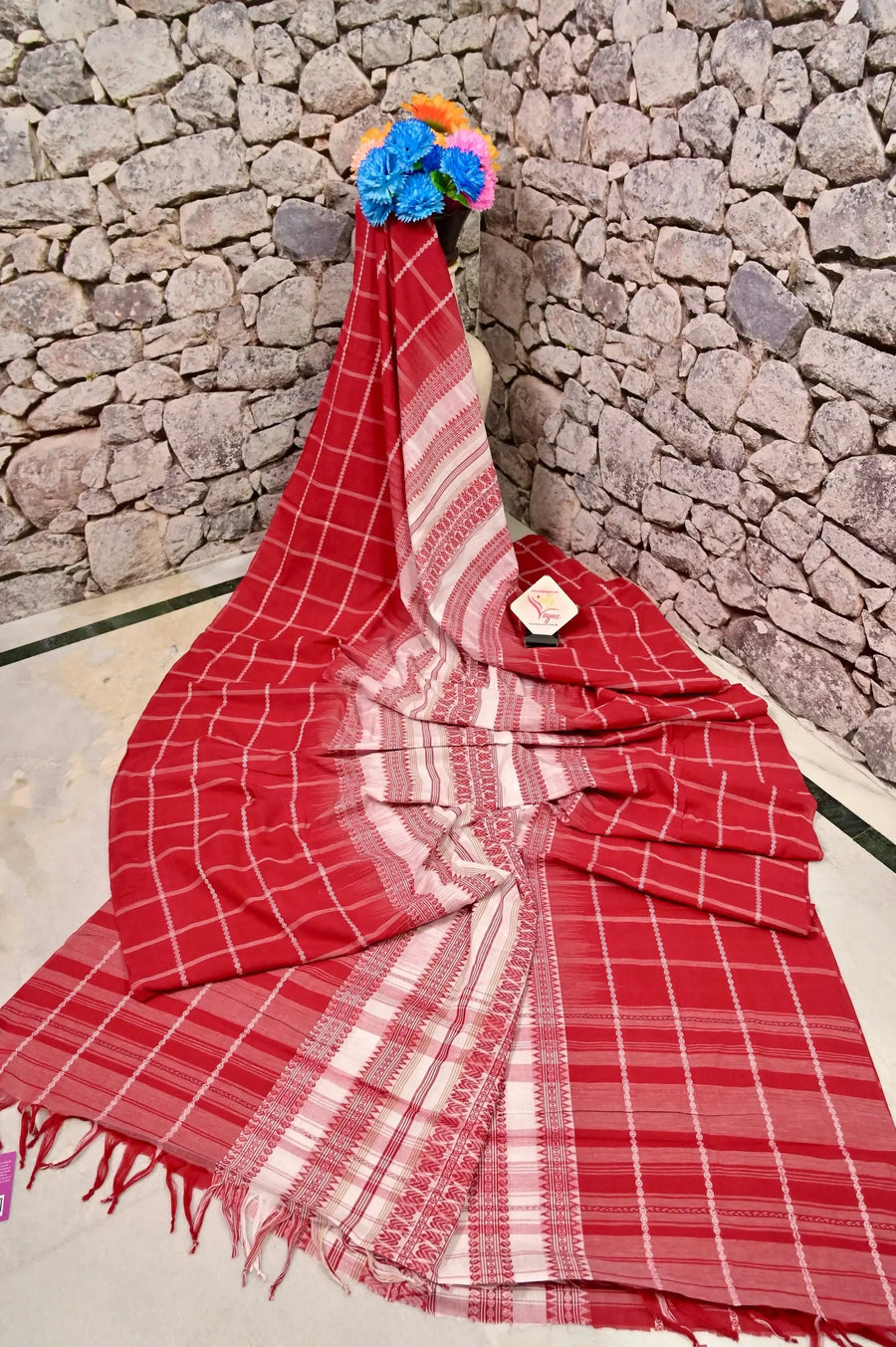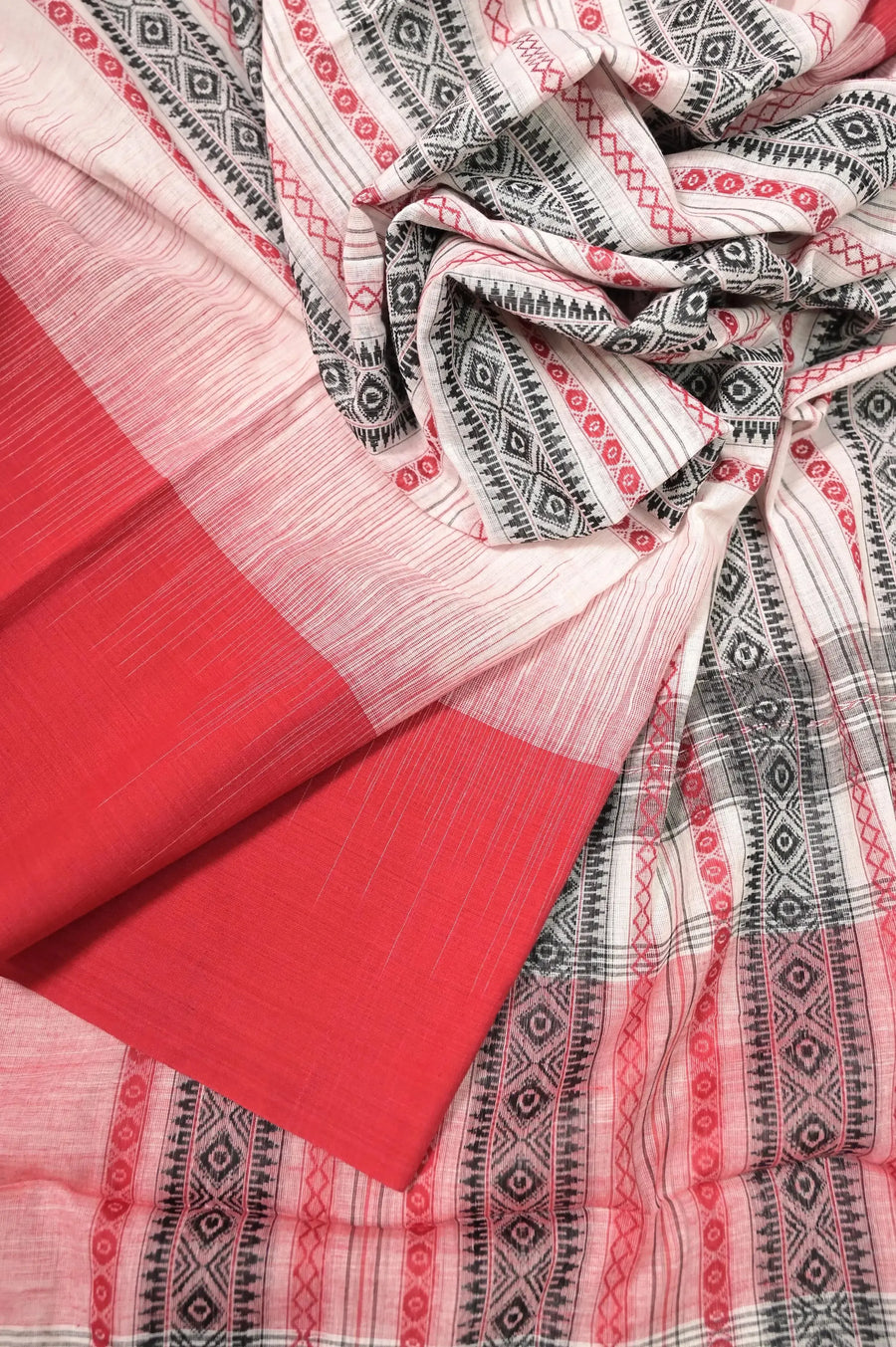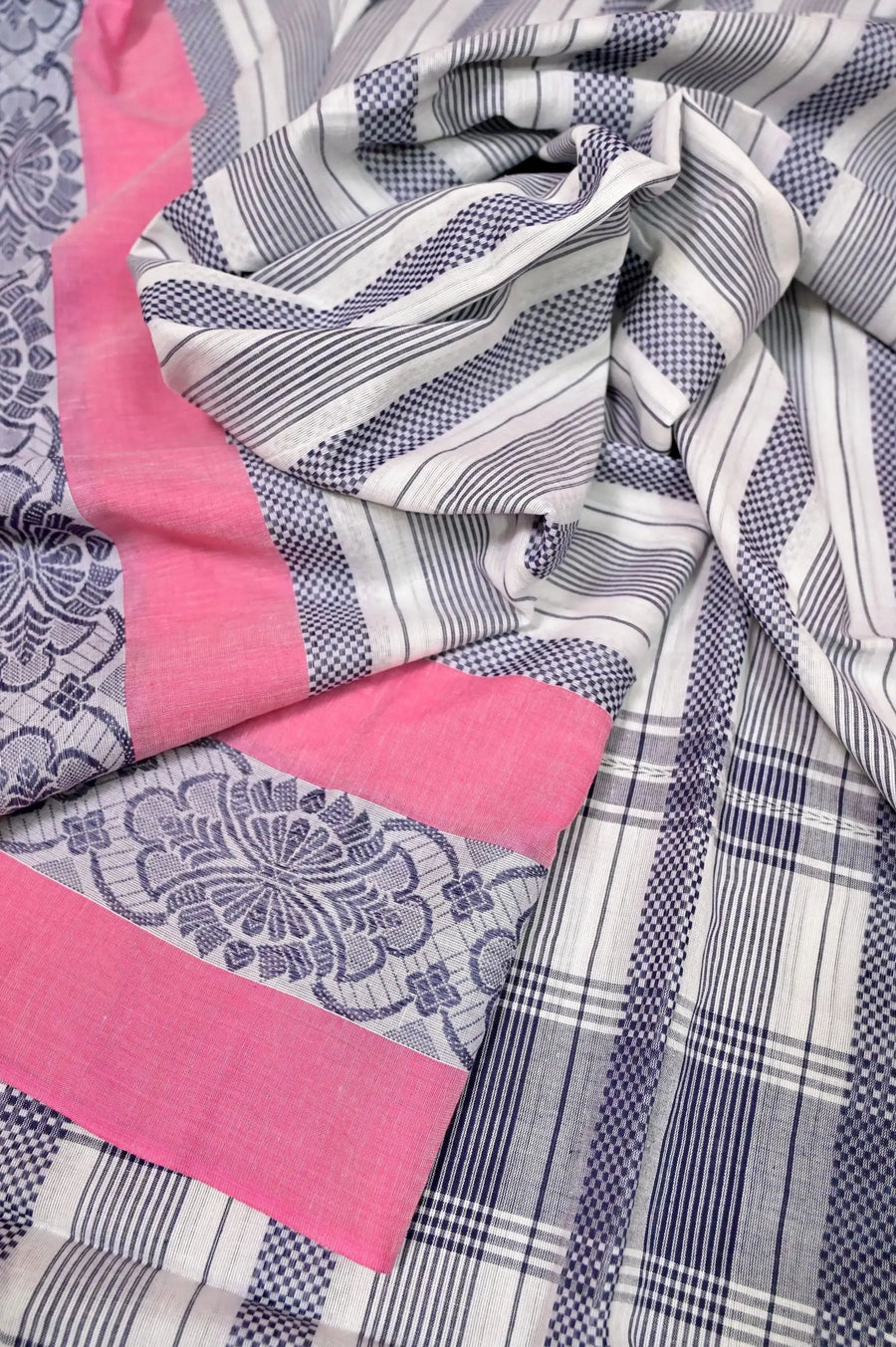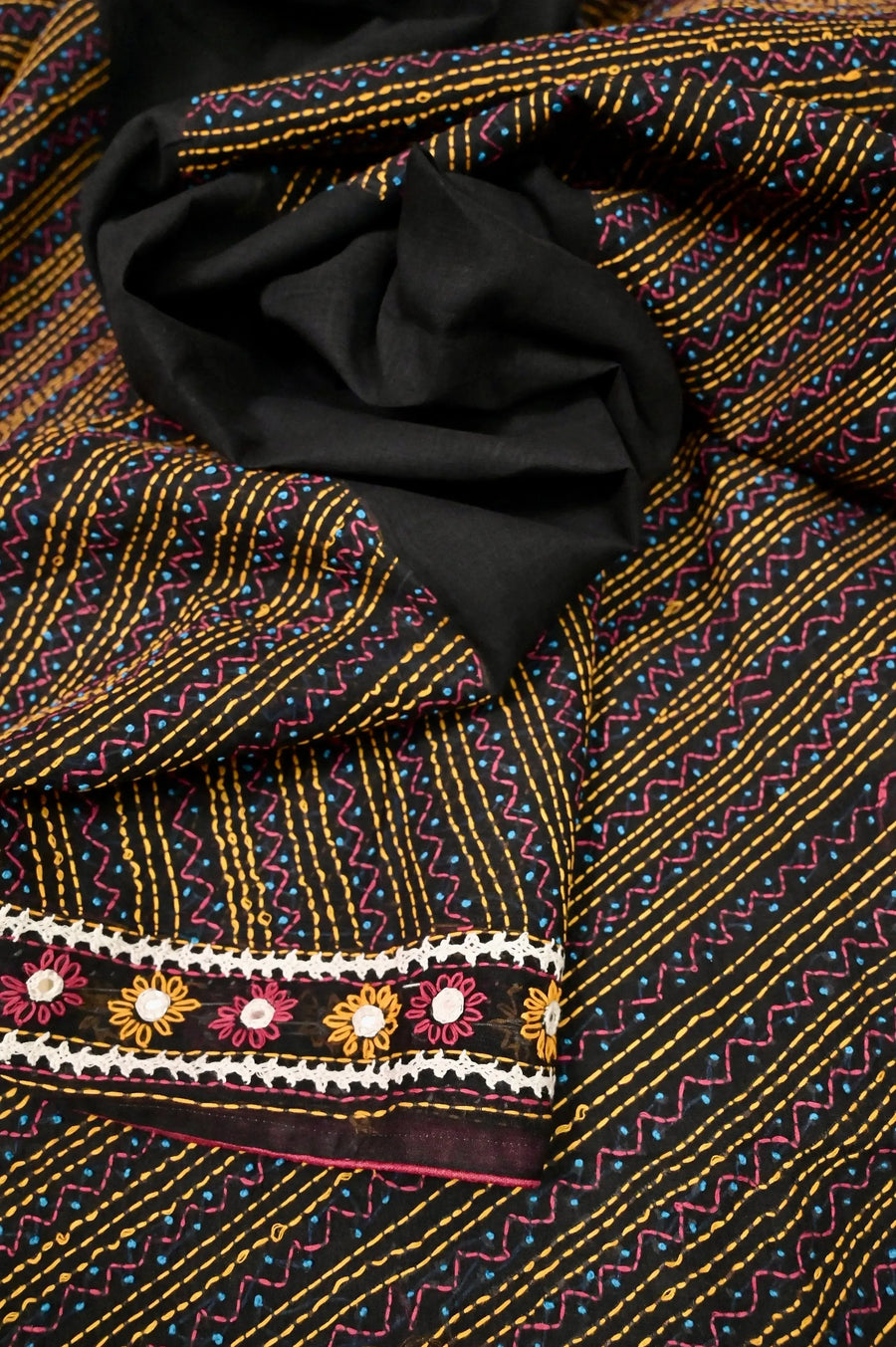The Art of Jamdani Weaving in Bengal & Why It Deserves to Be a Heirloom
As we stood behind the camera, recording the rhythmic clack of the loom and the intense focus of the artisan’s hands, we weren’t just filming fabric being woven. We were witnessing history—thread by thread, dream by dream.
The Heartbeat of Bengal: A Glimpse Into Jamdani Weaving
Jamdani sarees, known for their airy texture, ornate motifs, and laborious weaving process, are not just garments. They are stories—woven in silence, stitched with heritage.
Originating in ancient Bengal, Jamdani weaving originates in Dhakai muslin from present-day Bangladesh. The art flourished under Mughal patronage, where these sarees were once described as “woven wind.” Post-partition, Bengal in India continued to nurture this tradition, especially in towns like Shantipur, Phulia, and Kalna, where artisans still wake at dawn to sit at their looms.

